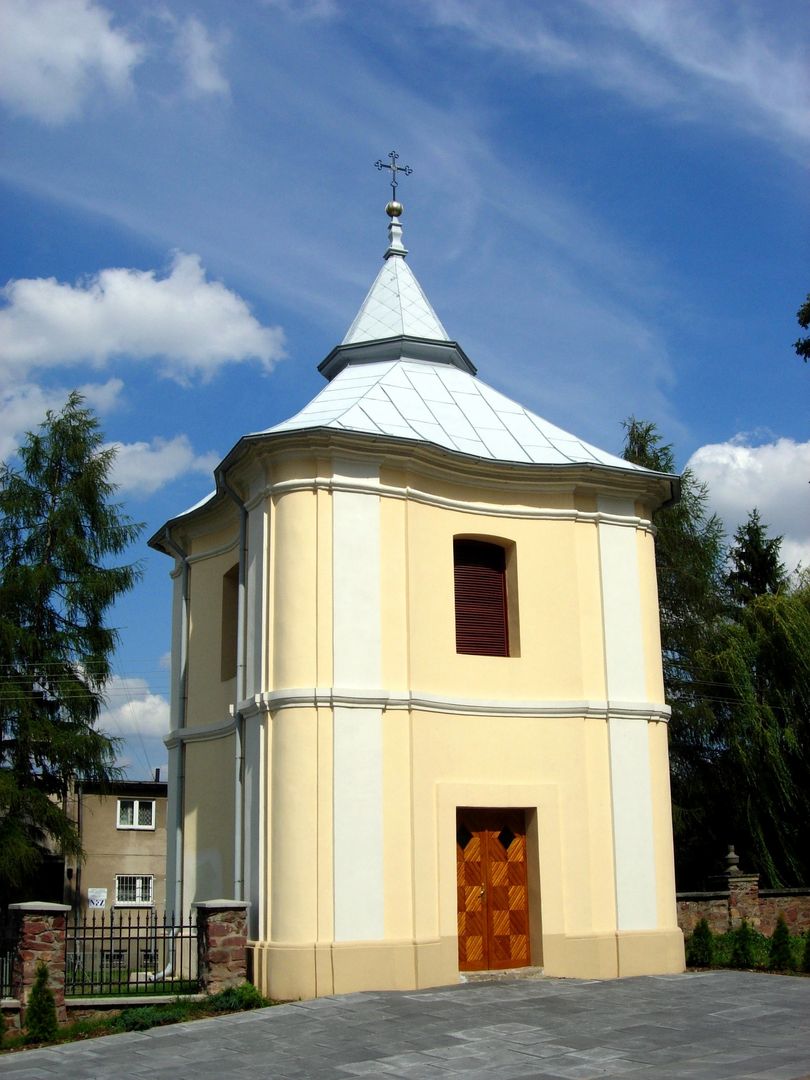Washniów
6.79

Overview
Waśniów is a village in the Świętokrzyskie Voivodeship, within the Opatów County, serving as the administrative seat of the gmina (municipality) of the same name. The history of the settlement dates back to the Middle Ages; the first mentions of Waśniów come from 1145, when the area functioned as a marketplace. In 1351, the settlement was granted town rights. Waśniów was part of the Duchy of Gniezno and later came under the rule of the Cistercians of Wąchock. The town experienced various periods of prosperity, including in the 15th century when King Władysław Jagiełło visited the locality, and in the 16th century when it obtained the privilege to organize fairs. Waśniów went through many difficult times, including fires that hampered its development, and ultimately lost its town rights in 1869 as a result of the aftermath of the January Uprising.
Architecturally, Waśniów is known for its parish church of St. Peter and Paul, built in the late Renaissance style in 1656, replacing an earlier wooden church that had existed since the 12th century. The building features Baroque decor and valuable artistic elements, as well as a belfry, all recognized as local heritage monuments. The village is home to the Municipal Cultural Center, which organizes various cultural events such as song and dance festivals, school theater performances, and offers activities for children and youth. Waśniów is rich in traditions and history, and its residents actively preserve local customs, contributing to the cultural vibrancy of the municipality.
An interesting fact is that as early as the 16th century, the town already had a school, underscoring its role as an educational center in the region. Today, Waśniów is a peaceful village with developed infrastructure, including the municipal office, a primary school, a healthcare facility, and a volunteer fire department, making it an important hub in the Świętokrzyskie region.
Location
2025 Wizytor | All Rights Reserved